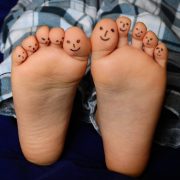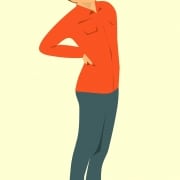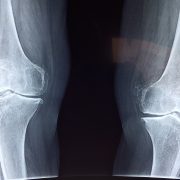Of Foot and Occlusion
One of the most fascinating discoveries for me when learning osteopathy and posturology was the interaction between the occlusion and just about any other sensory and/or motor system.
Most recently, scientists set out to study the association, if any, between foot posture and dental malocclusions, in the sagittal plane, in children.
189 children aged 6 to 9 years old were studied.
It was in 1991 that researcher Valentino used electromyography to reveal a functional relationship between mastication muscles and leg muscles. And what if this relationship went both ways? Indeed, several studies have reported that biomechanical dysfunction of the trunk or lower extremities, involving core stability, hip range of motion, and foot posture, are related to, of all things, elbow injuries.
When it comes to occlusion issues, values as high as 70% are brought forward when speaking of reported values of malocclusion and if it’s true that most of the published literature on the topic makes the link between the occlusion and the head/neck position, one can think that this is actually a two way street.
There are many risks to take into consideration when discussing malocclusions:
- Structural disorders for temporal occlusion;
- Premature loss of temporary molars or other temporary teeth;
- Inadequate hygiene.
Alterations in dentofacial aesthetics, chewing, breathing, speech as well as physical and psychological balance has been associated with malocclusions in children.
When studying 189 children, in the context of this study (https://journals.lww.com/md-journal/Fulltext/2018/05110/Relationship_between_foot_posture_and_dental.44.aspx), results suggest there may be a strong relationship between foot posture and footprint parameters.
More specifically, what was seen is that, on one hand, there could be a relationship between the Clarke angle and the foot posture index (FPI). Of interest is also the fact that the Clarke angle tends to decrease as Angle classification increases from Class I to III, whereas the FPI is greater as Angle classification increases from Class I to III.









Leave a Reply